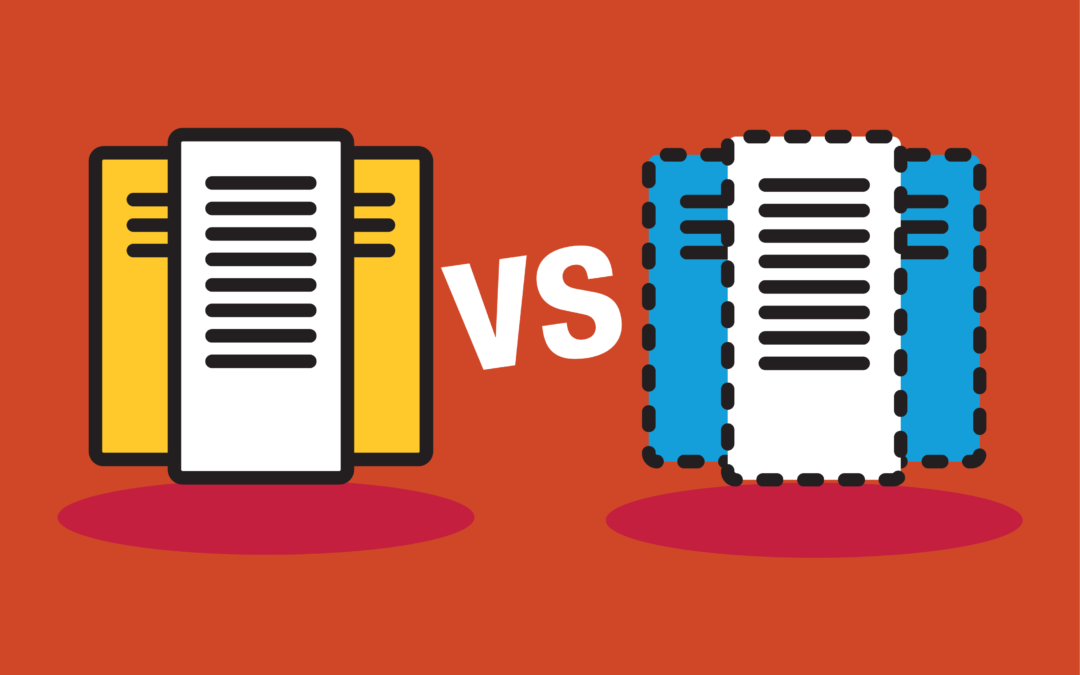Bare Metal Servers
A bare metal server is a traditional, single-tenant server. Its resources are only available to you and not multiple customers. Compared to the cloud where there are multiple customers residing on the same physical server, a bare metal server serves only one customer. Bare metal servers offer many advantages, including performance, security and customization.
- Performance — The single tenancy provided by a bare metal server allows you to avoid “noisy neighbors” – tenants that impact the performance and stability of other customers’ applications within the same server. Since you are the sole customer of a bare metal server, you won’t be impacted by performance issues from other tenants.
- Security — Bare metal servers can offer higher levels of security. Since it’s a single-tenant environment, each server is controlled by a single client. You can also deploy advanced disaster recovery solutions designed for bare metal environments. This enhances your overall security posture and helps keep your workloads safe in the event of a disaster.
- Customization — You can customize a bare metal server to meet your unique needs. Besides hardware resources, you also can have any operating system, control panel or software options you choose. However, provisioning a bare metal server takes careful planning, managing and expertise. Fortunately, a lot of the management can be outsourced.
Finally, bare metal servers allow you include a hosted hypervisor server. Which brings us to virtualization.
Hypervisors
A hypervisor is an operating system used to create virtual machines (VMs) within a physical server. Unlike an OS, a hypervisor can’t run applications natively. However, it allows you to divide workloads into separate VMs, giving you the flexibility and scalability of a virtualized environment.
Among the advantages of hypervisors are quick provisioning and scalability:
- Quick Provisioning — Hypervisors typically take less time to provision than bare metal servers. You can spin up servers to support new business initiatives or test large applications in a matter of seconds. VMs can be automatically created and deployed for a specific use case and then taken down without having to pay for resources that you don’t use.
- Scalability — By including a hypervisor layer, bare metal allows you to move data and workloads from one VM to another, resize a VM and divide workloads between several VMs. However, hypervisors in a virtualized environment allow you to plan your resources more efficiently. For example, you can distribute workloads across VMs based on their use. This is especially useful for modern applications that have spikes in resource usage.
Virtualized environments have some drawbacks, including latency. Since you don’t have a direct connection with the physical server hardware, VMs can suffer from higher latency than if you are running apps directly on a bare metal server. Virtualized environments also can come with noisy neighbors, impacting performance and stability. Finally, unlike bare metal servers, security in a virtualized environment can be poorer since there are typically multiple tenants on a single server.
So, which is the best option – bare metal servers or virtualization? In many cases, the answer is both. Organizations often opt for a hybrid environment that combines bare metal and virtual servers. This allows them to keep some of their data and workloads on private, single-tenant environments while leveraging external cloud systems for other workloads.
Need help mapping out your IT environment? Enzu can walk you through all your options and help create a purpose-built solution to meet your unique business and IT requirements.
Want to Put Bare Metal or Virtualization to Work for You?
Consult our solutions specialists today.


Recent Comments